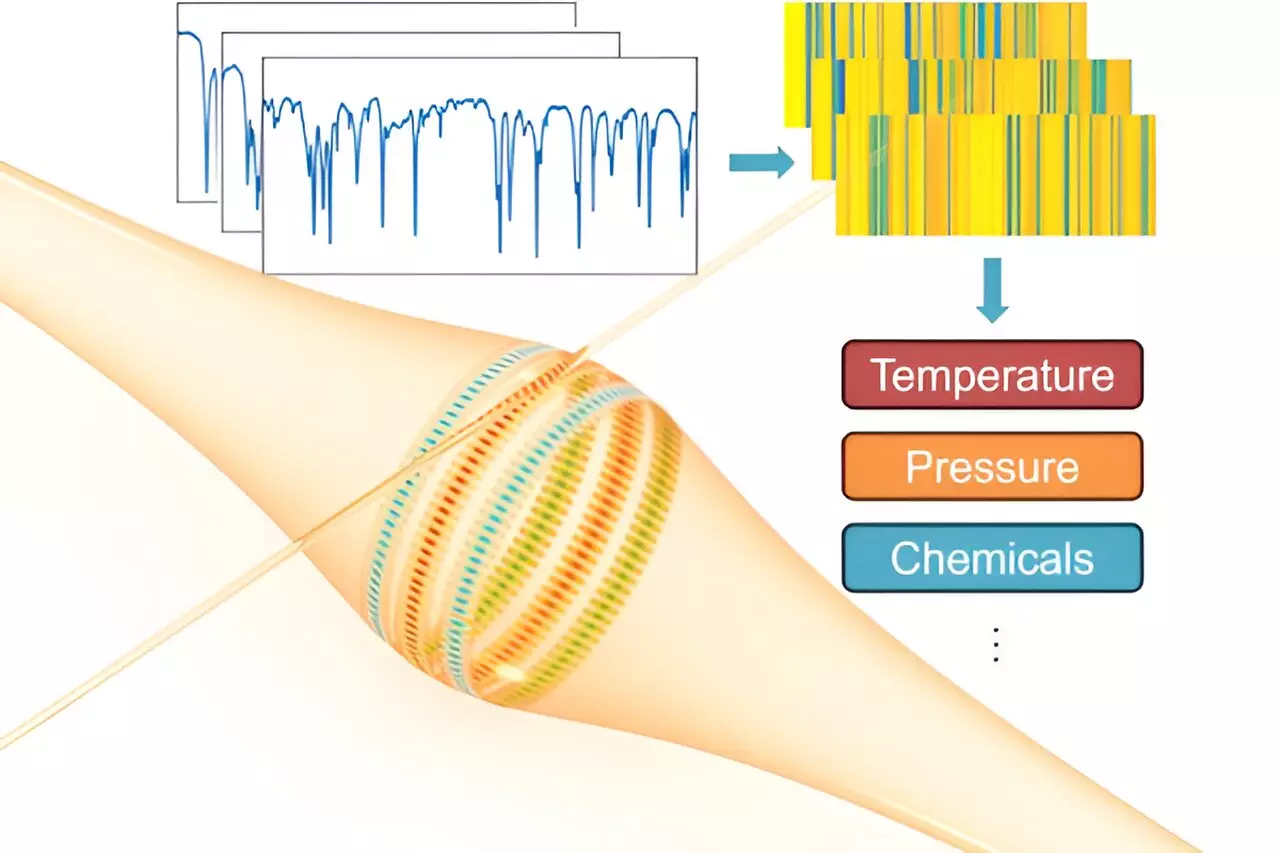Whispering-gallery-mode (WGM) resonators have long been utilized for high-resolution optical sensing, enabling the detection of chemical signatures, DNA strands, and single molecules. These microresonators function by confining and concentrating light in a circular path, allowing for the quantification of physical and biochemical characteristics. However, the widespread use of WGM resonators has been hindered by issues such as a narrow dynamic range, limited resolution, and accuracy.
In a groundbreaking study published in IEEE Transactions on Instrumentation and Measurement, researchers Lan Yang and Jie Liao from Washington University in St. Louis introduced a novel approach to enhance the capabilities of WGM resonators. Their innovative technique involves the use of optical WGM barcodes for multimode sensing, enabling the simultaneous monitoring of multiple resonant modes within a single microresonator. This method provides distinct responses from each mode, significantly expanding the range of achievable measurements.
By employing multimode sensing, researchers can detect multiple resonance changes in wavelength, as opposed to just one in traditional single-mode sensing. This advancement allows for the utilization of a greater range of wavelengths, resulting in improved resolution, accuracy, and the ability to sense a larger number of particles. In their study, Yang and Liao identified the theoretical limits of WGM detection and demonstrated that multimode sensing offers a potentially limitless range of measurements compared to the narrow range of single-mode sensing.
The implications of multimode WGM sensing technology extend to various industries, including biomedical, chemical, and environmental sectors. In biomedical applications, this technology could lead to enhanced disease diagnosis and drug discovery by detecting subtle molecular interactions with unprecedented sensitivity. Environmental monitoring could benefit from the early detection of changes in parameters like temperature and pressure, aiding in natural disaster prevention and pollution control.
The development of multimode sensing also opens up opportunities for continuous monitoring of chemical reactions, offering the potential for real-time analysis and control in fields such as pharmaceuticals, materials science, and the food industry. This capability allows researchers to delve into the unknown and explore the full potential of WGM resonators’ ultrahigh sensitivity.
Overall, the advent of multimode WGM sensing technology represents a significant advancement in the field of optical sensing, with far-reaching implications for various scientific disciplines and industries. By overcoming the limitations of traditional single-mode sensing, this innovative approach has the potential to revolutionize the way we detect and monitor physical and biochemical characteristics, paving the way for new discoveries and applications in the realm of high-resolution sensing.


Leave a Reply